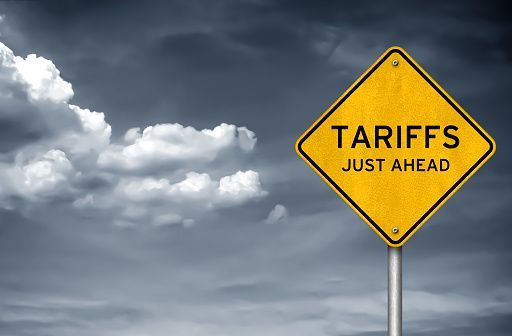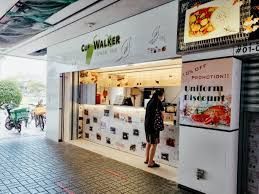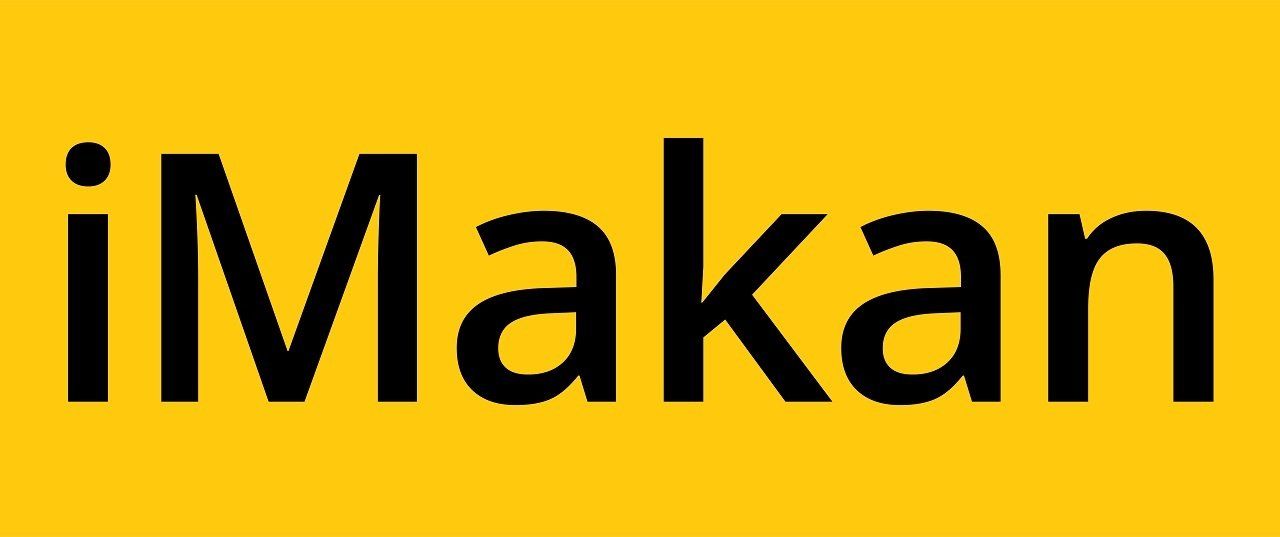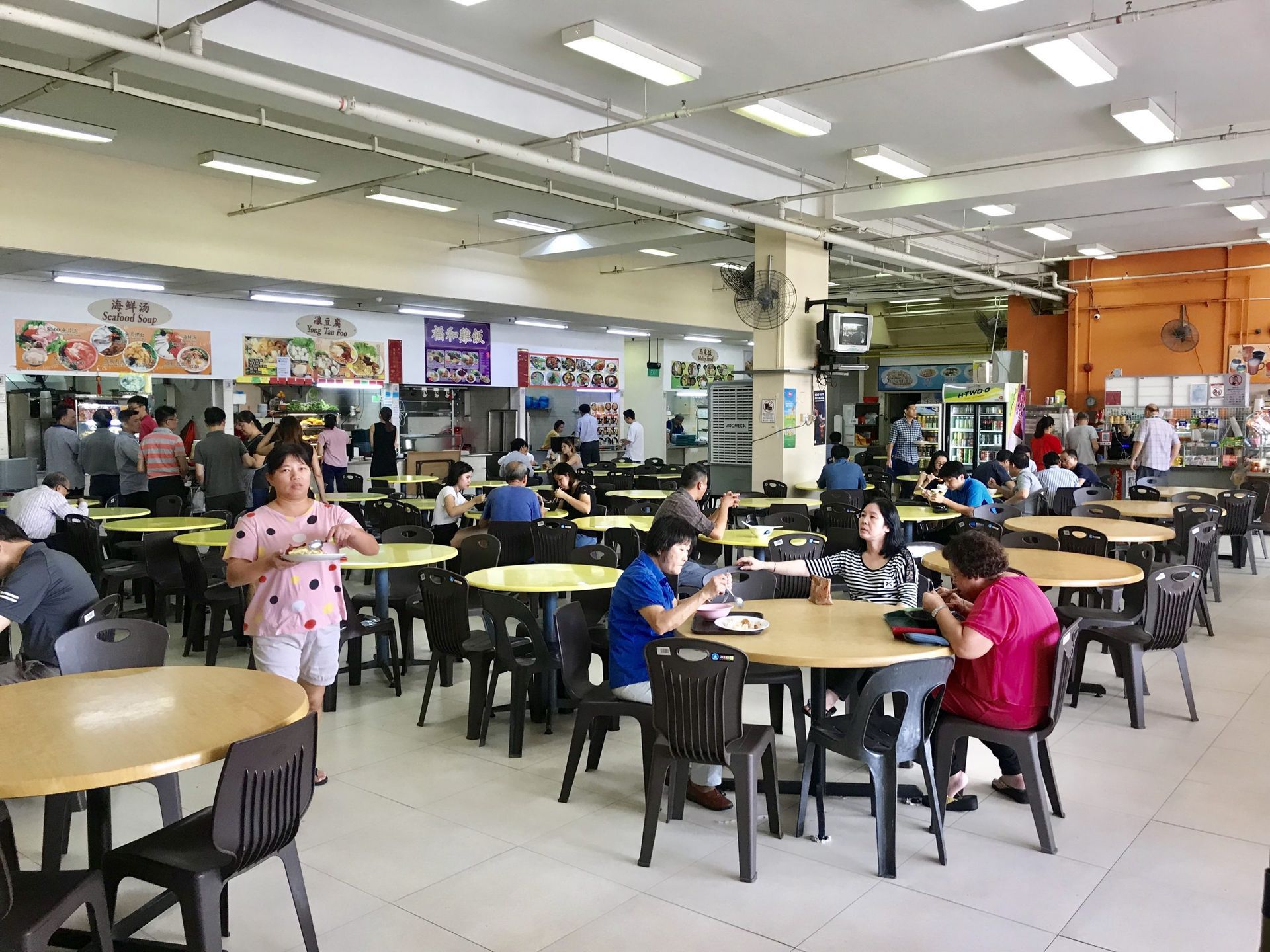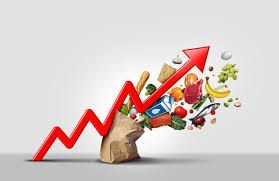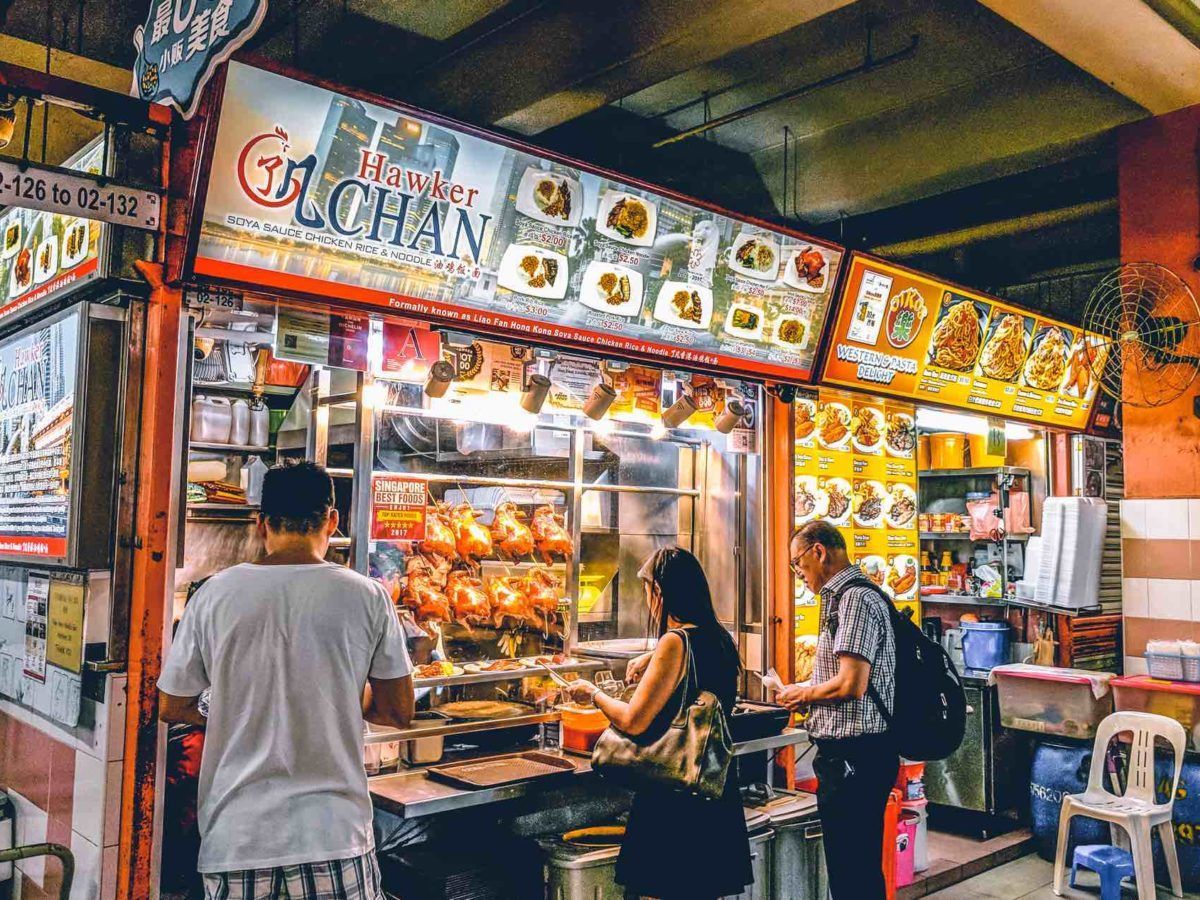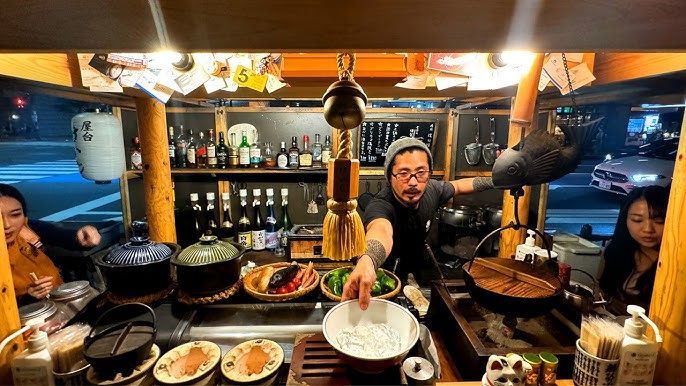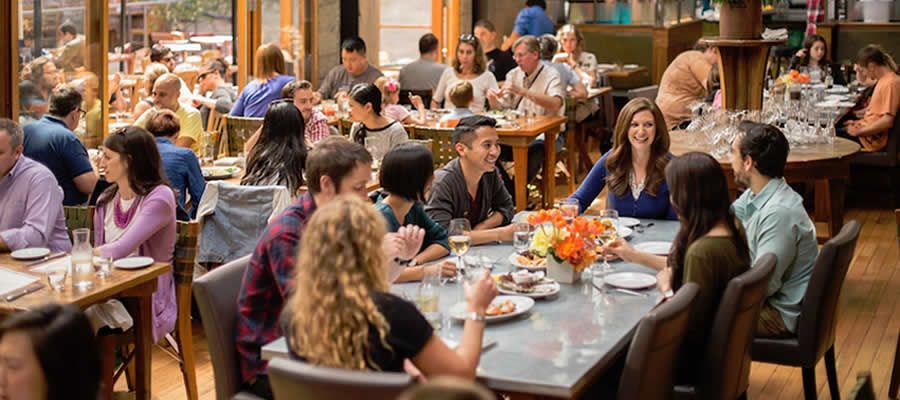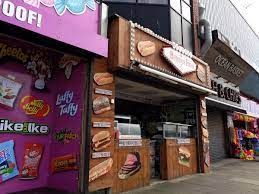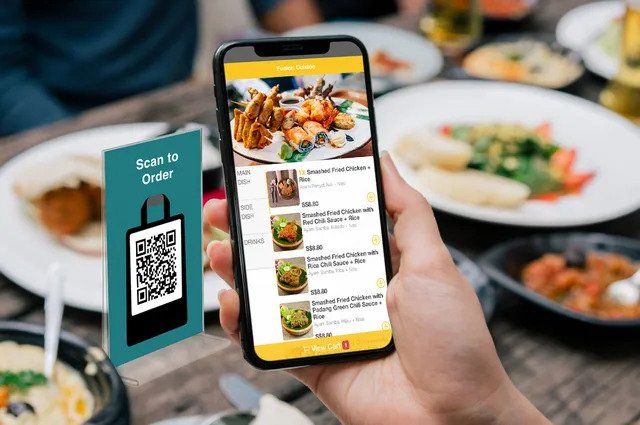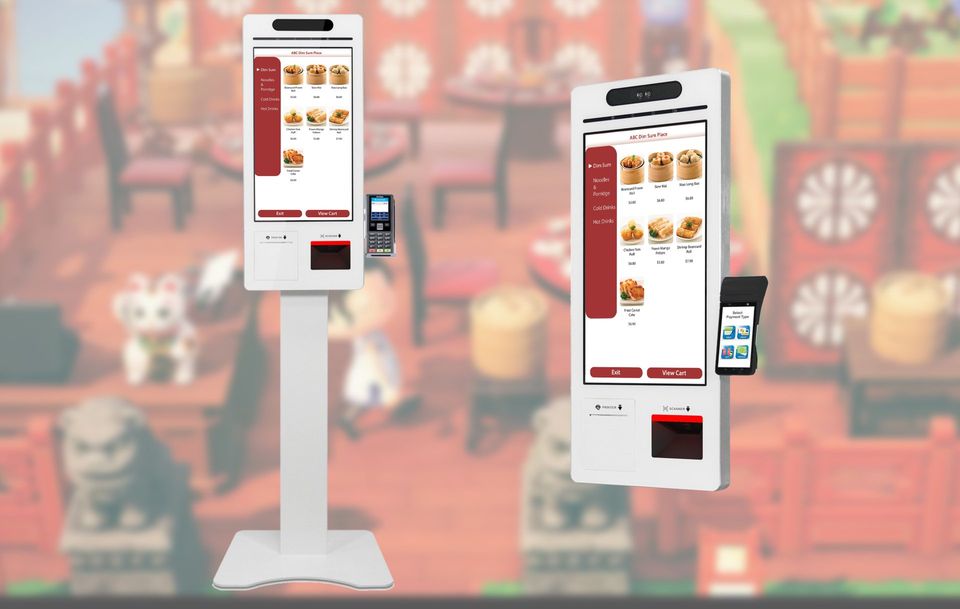
In the previous article, we covered how useful QR ordering is for dim sum restaurants. In this article, we discuss how a self-ordering kiosk could be the secret weapon for your dim sum restaurant. As we all know, self-ordering kiosks are popular for takeaway kiosks, quick service food and fast food chains as they have an order, pay and collect ordering flow and self-ordering kiosks are great for that.
So how exactly can you use self-ordering kiosks for your dim sum restaurant?
Your takeaway section
Dim sum is a dish loved by Singaporeans and is a really versatile type of food. Suitable as finger food, breakfast, supper and definitely great to share at the table with loved ones. Dim sum takeaway section becomes more popular as customers love to take away some dim sum goodies after dining in, or have come to specifically buy some dim sum home.
Allocate more staffs to your dine-in section
As a dim sum restaurant, your dine-in section is the main source of your income and more resources should be channelled there. However, there are times when your takeaway section gets so busy that some of your staff have to be fully committed to man ordering stations at your takeaway counter or are required to manage dine-in and takeaway customers simultaneously, negatively impacting the productivity of your dine-in operations.
This is where self-ordering kiosks come in. You can station self-ordering kiosks at your takeaway counters to digitalize the ordering process and shift the focus of your service crews back to your dine-in section, while still getting orders from takeaway customers through self-ordering kiosks.
Educate customers on your menu and boost order size
Customers who have come to order takeaway may not be your regulars and do not know what you have to offer. Self-ordering kiosks have a digital menu where appetizing images and descriptions can be attached to each dish so your customers can understand your full dim sum menu offering to make informed decisions when ordering.
A self-ordering kiosk not only takes orders, it also boosts sales. You may preset popular add on choices for your dim sum and have them pop up when customers place their orders. By automating upselling, your customers may order the dish they never knew they wanted.
Display menu image for all dishes
The ability to display attractive menu images determines whether the customer will want to try your dish or not as the images bring visual temptation and convey the specific mood that influences the emotion. Thus, it is important for most people to see menu photos to assist them to make a choice.
A great example would be Macdonalds. When you crave for fast food, MacDonalds is more often than not, the first that comes to mind not only because of their strong industry presence but because you have a clear understanding of what they offer, appealing to human nature of the tendency to go back to what is familiar.
Promote new or popular dishes
Relying on service crews to promote your new or popular dishes is not as efficient as system automated promoting. There are times whereby your service crew may be too busy with other tasks to promote add on dishes. Your initiative of launching a new dish may not go far.
Luckily, digitalised self-ordering kiosks give you an alternative option. By pre-setting your self-ordering kiosk to display your dim sum items on promotion as add on suggestions or pop-ups, you need not worry about customers missing out on the latest promotion information. Helping you to safeguard your revenue without overloading your service crew.
Quick, hygienic and secure billing
Self-ordering kiosks are mostly integrated with cashless payment solutions to make the billing process fuss-free, more hygienic and secure. A fast, easy and accurate checkout enhances your customers self-ordering experience which helps minimise rate of abandon carts. Furthermore, you will not need to worry about missing cash or payment discrepancy as all payment settlements are digitalized, eliminating human error, increasing efficiency and speed to achieve cost savings.
Pre-ordering in the queue
Self-ordering kiosks are also applicable to your in queue ordering. Stationing some self-ordering kiosks along your queue helps you to get your customers orders before they are seated, saving on table ordering time and boosting your turnover rates, which is key to increasing revenue. Every 5 minute saved on table occupancy through pre-ordering in the queue, goes a long way.
Self-ordering kiosks can also help you to keep your customers engaged in the queue as they browse your menu. By keeping customers engaged while they are queueing, you reduce the chances of losing customers in the queue.
Government grants on self-ordering kiosks
To push for digitalization of the F&B industry, and help F&B merchants cope with post covid new normal, our government has increased subsidies from up to 70% to up to 80% on self-ordering kiosks for pre-approved vendors such as iMakan to help defray the cost of digitalizing your business.
If you are looking to explore using self-ordering kiosks for your dim sum restaurant, do drop us your contact details below and we will be in touch to arrange a free demo session!
